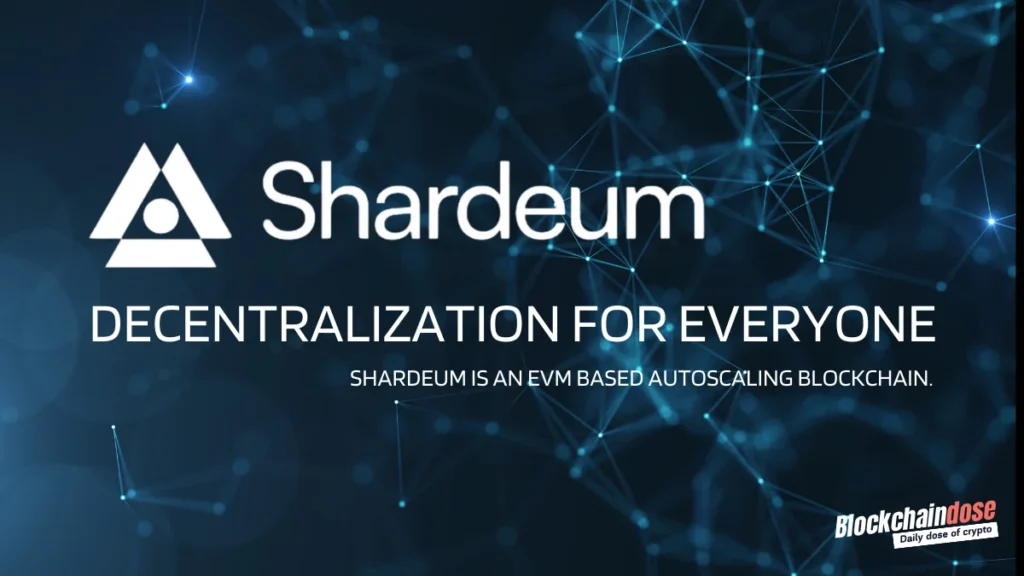Cryptocurrencies like Bitcoin have completely changed how we think about money. Over the past decade, the global cryptocurrency market has grown significantly, with a market cap of over $1 trillion as of 2023. One of the key changes in this space is Initial Coin Offerings (ICOs), a new way to raise funds for blockchain projects. In 2017 alone, ICOs raised over $6.8 billion. However, as the crypto world grows, regulation becomes more critical. The Howey Test is a key tool that determines if an ICO is a security and needs to follow specific rules.
What is The Howey Test?
The Howey Test comes from a 1946 U.S. Supreme Court case, SEC v. W.J. Howey Co. It helps decide if something is an “investment contract,” which is a financial agreement subject to strict securities laws. If a transaction meets all four parts of the Howey Test, it is considered a security. The four parts are:
- Investment of Money: People put their money into a project, like buying tokens in an ICO.
- Example: In 2018, Telegram’s ICO raised $1.7 billion. Investors bought tokens, expecting future profits from the platform’s success.
- Expectation of Profit: Investors buy with the hope of making money, often expecting the token value to rise.
- Example: In 2017, Ethereum‘s ICO raised $18 million, with many early investors gaining massive returns as the value of Ether soared from $0.30 in 2015 to over $4,000 in 2021.
- Common Enterprise: The success of the investment ties to the overall success of the project. Investors share in the risks and rewards.
- Example: In most ICOs, like EOS’s ICO, which raised $4.1 billion, the project’s success depended on the development team’s ability to deliver the blockchain platform.
- Profits from Others’ Efforts: Investors rely mainly on the project’s team to generate profits.
- Example: The Filecoin ICO raised $257 million in 2017. Investors relied on the development team to build a decentralized storage network, making it subject to securities laws under the Howey Test.
How Does the Howey Test Apply to ICOs?
The Howey Test is a tool for regulators, like the Securities and Exchange Commission (SEC), to figure out if an ICO should be treated as a security. If an ICO passes the Howey Test, it needs to follow strict rules, including registration and disclosure requirements.
- Investment of Money: In almost all ICOs, people buy tokens with money or cryptocurrency (often Bitcoin or Ethereum). For example, the EOS ICO involved people exchanging Ethereum for EOS tokens, clearly satisfying this part of the test.
- Expectation of Profit: ICOs often market tokens with the idea that their value will rise. For instance, the Tezos ICO raised $232 million in 2017, with many investors expecting the token’s value to increase as the platform developed.
- Common Enterprise: ICOs generally involve a shared project. Investors in the Kin ICO (which raised $98 million in 2017) were collectively interested in the success of a new decentralized digital services platform.
- Profits from Others: Most ICOs depend heavily on the efforts of the development team. The Telegram ICO, for example, was centered on the team’s ability to launch a blockchain platform, which made it subject to the Howey Test.

How the SEC Uses the Howey Test
The SEC uses the Howey Test to determine if an ICO is a security. If an ICO meets all four parts of the test, it is classified as a security and must follow U.S. securities laws. Failure to comply can lead to severe penalties.
Profits from Others: In many ICOs, success depends heavily on the development team’s efforts. The SEC’s action against Paragon Coin is another example, where the project’s value was clearly tied to the team’s ability to deliver, resulting in the SEC stepping in and enforcing penalties.
Financial Commitment: For example, in the SEC’s case against Kik (the company behind the Kin ICO), the court ruled that Kik raised funds through a securities offering because investors expected to profit from Kik’s efforts. Kik was fined $5 million for violating securities laws.
Profit Expectation: ICO projects often suggest that tokens will increase in value. The SEC’s case against Block.one (the company behind EOS) is a prime example, where the company paid $24 million in penalties for not registering its ICO as a security, despite raising $4.1 billion.
Common Enterprise: The SEC looks for signs that investors’ interests are tied to the project’s success. In the Telegram case, the SEC argued that the company promoted the investment as a way for investors to profit from the success of its blockchain network.
As the crypto space evolves, the SEC’s role becomes increasingly significant. The ongoing application of the Howey Test reflects the need for a standardized approach to classify digital assets and ensures that investor protection remains a top priority in the dynamic and innovative landscape of cryptocurrency offerings. The SEC’s scrutiny contributes to the overall maturation of the crypto industry, encouraging responsible practices and fostering a balance between innovation and regulatory compliance.
Impact on Crypto Investments
The Howey Test impacts how cryptocurrencies are classified. For example, Bitcoin and Ethereum are considered commodities by the SEC because no central team controls their success. In contrast, ICO tokens that rely on a central team to succeed are often considered securities.
Investor Protection: The SEC aims to protect investors from fraud, requiring companies to disclose important information about ICOs. Investors in failed projects like BitConnect (which was revealed to be a Ponzi scheme) lost billions, showing the importance of regulation.
Bitcoin and Ethereum: Neither of these cryptocurrencies are considered securities because they do not meet the “profits from others” part of the Howey Test. Their prices depend on market demand, not a company or central team.
Token Registration: ICOs that meet the Howey Test must register with the SEC. Companies that do not comply face penalties. For example, Coinbase was fined for operating as an unregistered securities exchange.
If a token doesn’t pass the Howey test, it can be classified as a utility token and give investors access to future services or goods or exchange it for lower fees. The SEC holds that an asset having the utility token structure does not automatically guarantee an exemption from security classification, even though utility tokens are normally exempt from being categorized as securities.
Challenges and Controversies
| Uncertainty in Decision-Making: |
| Not knowing the exact rules makes decisions tough for projects. Some choose traditional ICOs, while others explore alternative paths. |
| Divergent Paths Taken: |
| Some projects opt for regular ICOs, playing by established rules. Others, seeking to avoid complications, venture into Security Token Offerings (STOs) or Initial Exchange Offerings (IEOs). |
| Approval for Clearer Rules: |
| Industry participants, legal experts, and regulators collaborate for clearer and fairer rules. The goal is to balance investor protection and the encouragement of innovative ideas. |
| Ongoing Conversations: |
| Constant discussions aim to formulate rules aligning with the unique characteristics of digital currencies, ensuring fairness for all involved parties. |
Future of Regulation
As digital money grows, regulators are working on clearer rules. For example, the Token Taxonomy Act was introduced in the U.S. to create more specific guidelines for cryptocurrencies. Globally, organizations like the Financial Stability Board (FSB) are collaborating to standardize rules, ensuring consistency across countries.
- The Need for New Laws: As of 2024, there are over 23,000 cryptocurrencies in circulation. With more people investing, clearer regulations are needed to protect investors while encouraging innovation.
- Global Cooperation: Countries are coming together to create universal rules for crypto. This cooperation aims to make sure everyone follows similar laws, no matter where they are.
Final Thoughts
The Howey Test plays a vital role in determining how ICOs are regulated. It helps protect investors from fraud and ensures that projects raising money comply with securities laws. As of 2023, over $12.4 billion has been raised through ICOs, proving the importance of regulation in this growing industry.
While the Howey Test is old, it still helps guide the world of digital money. As the crypto space evolves, we’ll likely see clearer rules that balance investor safety and the growth of new ideas.




